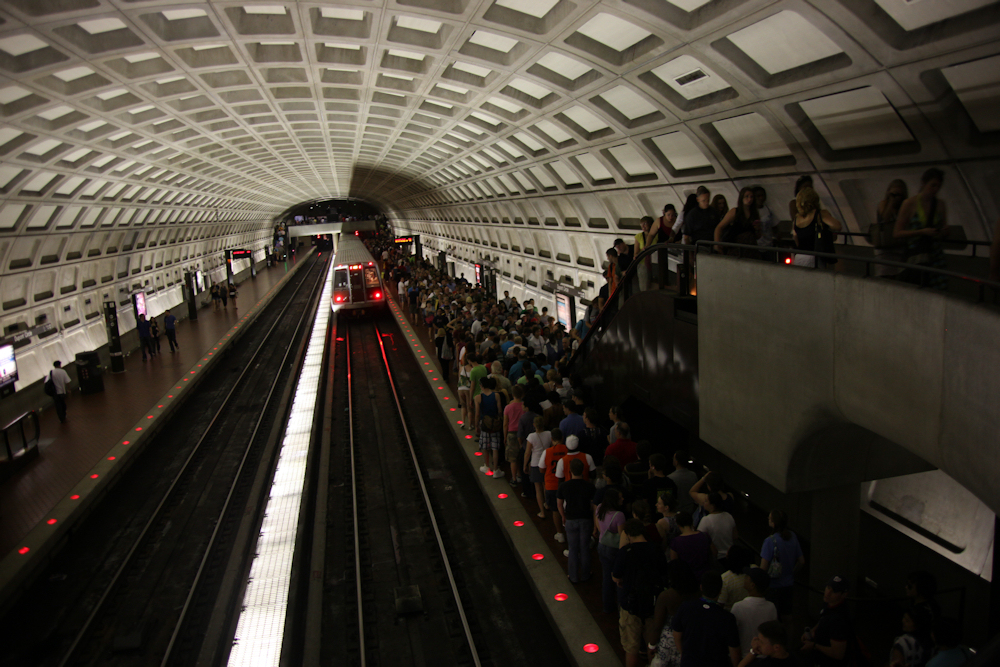The new Metro SafeTrack Program plans to rehabilitate the Metro lines to be safer and more reliable. Unfortunately, this will cause some lines to be shut down for long periods of time. The SafeTrack program starts June 4th and is expected to end on March 19, 2017. The repercussions of the shutdown will extend all the way to the WIS students and faculty having trouble arriving and/or leaving school.
The reason the Metro needs to shut down for such long periods of time is mainly due to the electricity cables that are located along the tracks. They, amongst others, need to be changed because an earlier incident, in which the insulation of the cables malfunctioned, caused electricity to flow along the tracks creating fires and meltings along the tracks. That caused passengers on the Yellow Line to inhale smoke on January 12, 2015. One passenger died from respiratory failure.
As for the WIS community, we will feel the effects too. Many students have finals starting June, about the same time the Metro shutdowns start. Although there are shuttle buses to transport people across the closed lines, this still can cause some students to be late.
Although WIS members can still get to school using public transportation, “we encourage people to keep track of time,” WIS principal Mr. Markus, said. Fortunately, a large portion of the shutdown will be during the break but “next year might be a bit of a problem,” Mr. Markus said.
Not every Metro rider will be heavily affected. Mr. Perkins, who takes the Red line, said he will only be affected slightly as he could also take a bus or even an Uber if necessary as many other WIS students can do. It might take longer but it will get him to where he needs to be.
The shuttle buses which transport people across the closed lines might help some WIS people, like Mr. Perkins, get from place A to B but it most likely will take longer because as Ms. Wilding said, “It’s a backup, but a very unattractive backup.”
The shuttle buses will take longer to get to places because unlike the Metro, they will experience traffic.
The Washington Metropolitan Area Transit Authority (WMATA) needs so long to fix and maintain the Metro because, as Fairfax County Supervisor Penny Gross said, “you can do the Band-Aids, but you can’t do the surgery.” The Metro system already had the smoke incident mentioned before, a derailed train at Smithsonian, an oil spill outside the medical center and a fire at Stadium-Armory.
The lengthy maintenance of the Metro will definitely affect many people. According to the WMATA, on an average 2015 weekday, there were about 713,000 people taking the Metro. So closing down some lines will hinder many people from getting to places.
This will cause them to take other means of transportation such as buses, taxis or cars. All of which will contribute to the increase of congestion in D.C. That will also hamper other people who take the car to work.
In addition to the Metro shutdown, as of June 1, parking along any parking meter will cost $2.30 instead of the usual $0.75 in residential areas or $2 in busier areas. The increase in prices will help support the maintenance of the Metro, according to The Georgetowner.
Although not everybody is happy with the shutdown, some understand. As Mr. Perkins said, “it is good to shut it down but sadly, it will affects us all.”
By: Thomas Lanning


































































